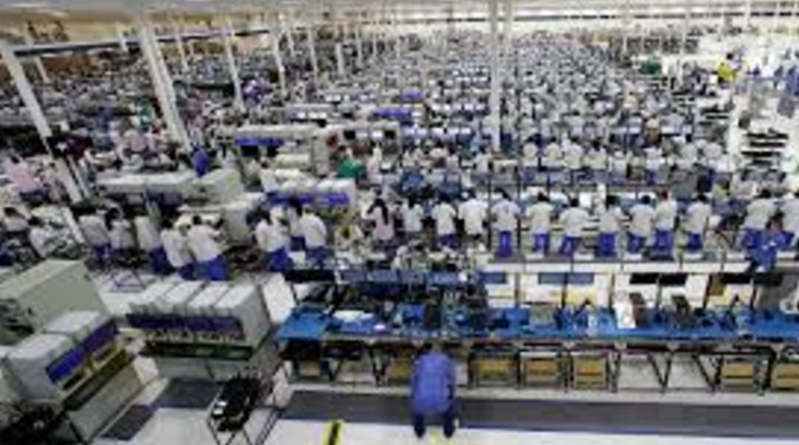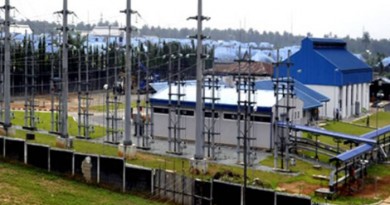Manufacturing Is A Job Multiplier
Long ago when I was President of the National Association of Manufacturers, we got word that the Bureau of Labor Statistics had redefined manufacturing employment to exclude the clerks, accountants, sales staff and others who worked for manufacturing companies but were not actively engaged in making things. Overnight, the data showed an abrupt decline of about 1.5 million manufacturing jobs.
Of course, within a few years the big story was that China and other low-cost producers were abducting millions of U.S. manufacturing jobs – some 5.7 million by the end of the first decade of this century. I can only assume about 1.5 million of those lost jobs were due, not to foreign competition, but to the BLS ruling.
I believe the BLS ruling was erroneous then and it is even more erroneous today in light of dramatic changes in the way modern manufacturing operates. Because of those technological changes manufacturing is becoming a hybrid powerhouse that combines manufacturing and services – blurring the traditional distinction between the two. As manufactured products become more complex and high tech, they are giving rise to a host of skilled positions in areas long deemed non-manufacturing – such as logistics and transportation, customer service, technical support, regulatory and safety specialists, and distribution employees trained in the use of information driven tools for receiving, storing and picking. The list goes on.
According to a recent study by the McKinsey Global Institute, 34 percent of manufacturing jobs are service-type functions, and there are millions more that tend to spring up around manufacturing facilities. Ergo, we are seeing growing evidence that manufacturing supports far more jobs in other sectors than previously thought. For example, Intel Corporation has a plant in Washington County, Oregon, employing 16, 250 people in the design, manufacture and marketing of microprocessors. A recent study by ECONorthwest, a credible research group, concluded that every 10 jobs at that Intel installation supported another 31 jobs in other sectors at above average wages – a three to one job creation ratio. An even more recent study by MAPI demonstrates that every new manufacturing job supports 3.6 jobs in other sectors. That would be 32 percent of all employment.
The point of all this is that manufacturing remains the primary growth engine of our economy, not only in serving as the main seedbed of innovation, but also in terms of job creation. Rather than losing jobs left and right, manufacturing has been creating new jobs all the time, particularly in service jobs. Properly measured, manufacturing employment is one third higher than the conventional statistics show. The best thing we can do to create more high paying jobs is to strengthen the new manufacturing-service hybrid sector.
Jerry Jasinowski, an economist and author, served as President of the US National Association of Manufacturers for 14 years and later The Manufacturing Institute. Jerry is available for speaking engagements. February 2017




